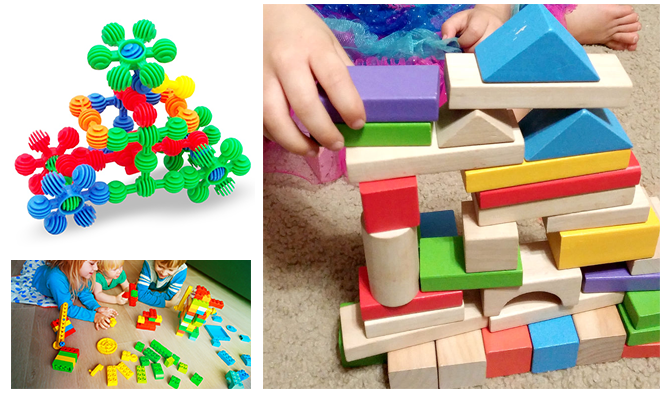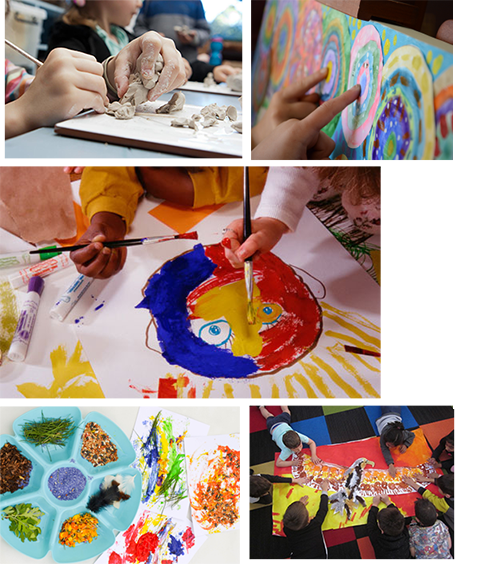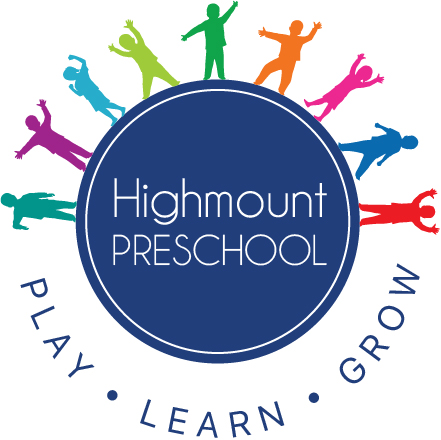
Building and Construction
Constructive play supports many learning opportunities, including:
- Imaginative play: construction play allows children to build and create visual representations of imagined worlds and scenarios
- Language: when children work with one another in construction spaces, they use language to negotiate play, communicate their expectations, challenge competing perspectives and advocate for their perspectives.
- Creativity: children encounter a variety of materials, and use them creatively to express their internal vision for the construction of their project.
- Mathematics: during construction play children are exploring mathematical concepts such as counting, shapes, sizes, symmetry and other concepts such as mass, floating and sinking, spatial positioning and more.
- Science: cause and effect, gravity, balance and problem solving skills are all explored during construction play, offering children the opportunity to revisit and refine these concepts through experimentation. Source: ‘The Sector’
Creative Arts
Activities such as painting, drawing, music, dance and drama offer children opportunities for self-expression, imagination and skill development, such as:
- Cognitive development: children develop problem solving and critical thinking skills by experimenting with different techniques and materials, and analysing and interpreting their creations.
- Emotional and social growth: children are provided the opportunity to engage in collaborative endeavours to promote social interaction and teamwork.
- Motor skills: drawing, painting and craft develop children’s fine motor skills and enhance hand-eye coordination and dexterity, whilst dance and drama contribute to gross motor skills, promoting coordination, balance and spatial awareness.
- Language development: creative art supports vocabulary expansion and story telling abilities, encouraging communication skills.
- Creativity and imagination: drawing, painting and imaginative play encourage creativity, enhance problem solving skills and encourage resilience, adaptability and innovative thinking. Source: The Green Elephant

Literacy and Numeracy
Play-based learning emphasises that children take in information through open ended play based experiences with a hands on approach. Through rich indoor and outdoor experiences using a range of materials, literacy and numeracy is promoted through activities such as:
- Conversation and storytelling
- Music, movement and dance
- Visual arts and dramatic play
- Drawing and writing
- Cooking and science experiences

